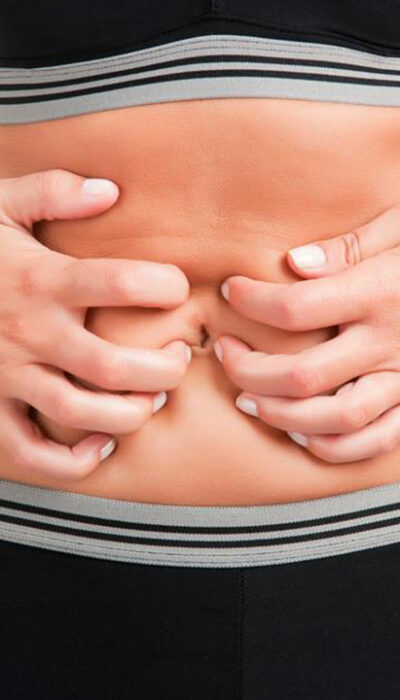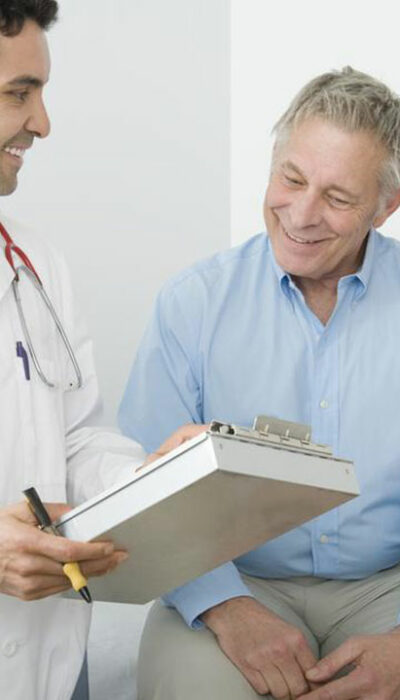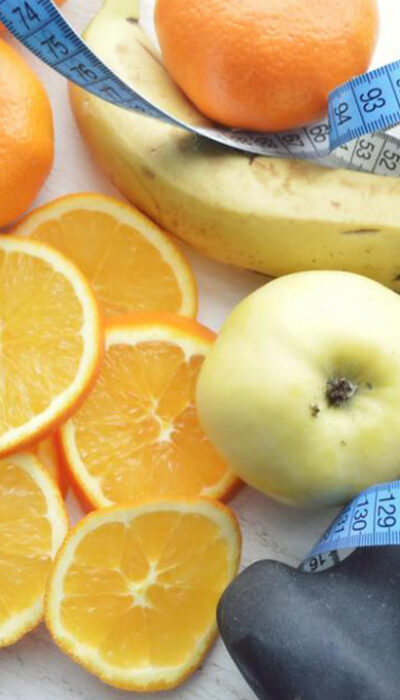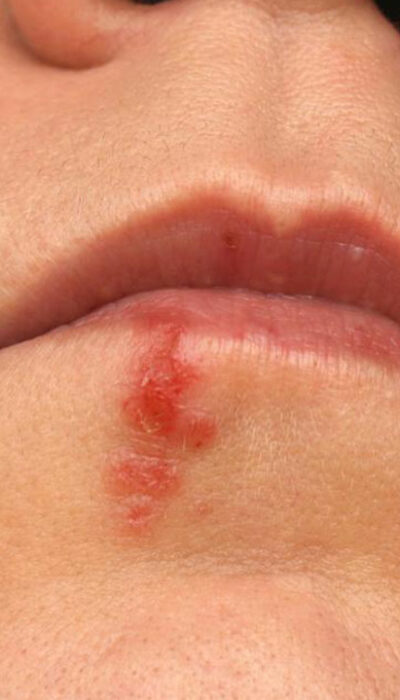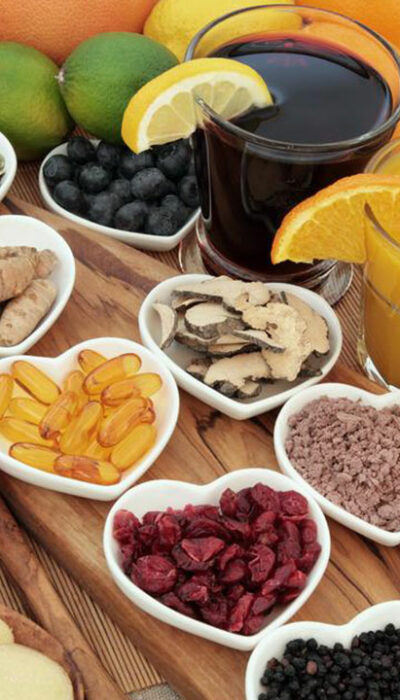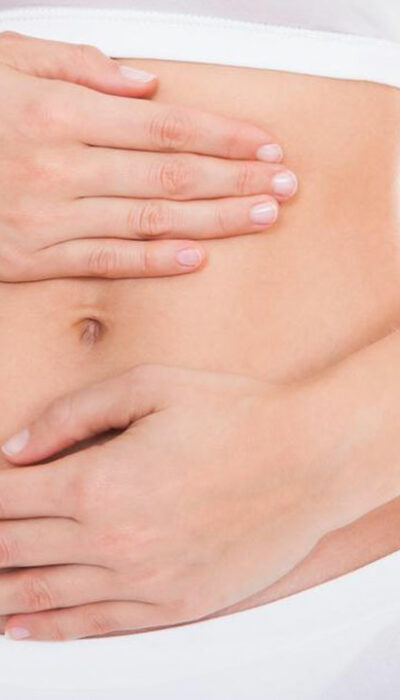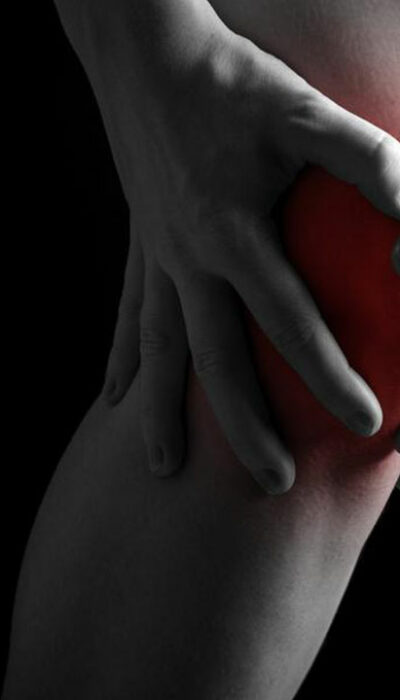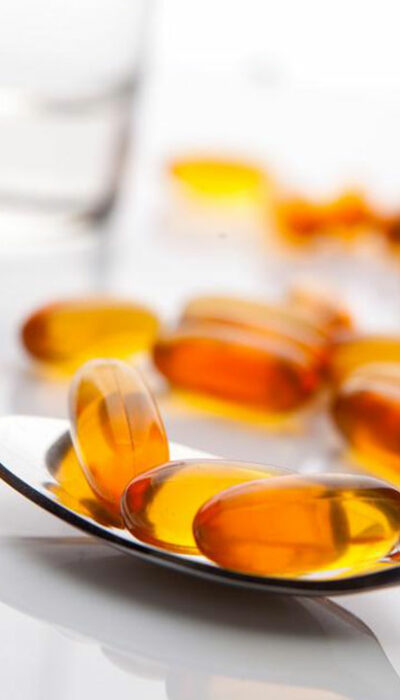
Things You Need to Know about Cholesterol Levels
Cholesterol is essential in the body as it is found in the cells and membranes and is helpful in producing hormones, bile acids thereby aiding in digestion and vitamin D. The liver produces cholesterol. Bad cholesterol is often common in women. Women face the major issue of having a high blood cholesterol level as they tend to gain weight, especially around the waistline. One in every six adults has bad cholesterol. With the rise in obesity amongst children, the rate of bad cholesterol in children is also increasing. The body does need some cholesterol, and the presence of cholesterol in the body is normal, but bad cholesterol can clog and block the arteries. To maintain a healthy heart, a normal cholesterol level is required. If you are wondering what is the normal cholesterol level, read on. The normal cholesterol level is when the cholesterol is kept below 200 mg/dL in adults. 200 mg/dL of cholesterol is a borderline high-risk in developing bad cholesterol problems. A check-up of the cholesterol should be done every 5 years. Cholesterol levels are divided into two fat and protein packages referred to as low-density lipoprotein (LDL) and the high-density lipoprotein (HDL). These levels are tested in order to determine the good or bad cholesterol. Although many people know what the normal cholesterol level is, they fail to maintain the same. Your diet plays an essential role in maintaining a good or bad cholesterol level. There are several studies that back the idea that deaths from heart disease can be countered by treatment of high cholesterol or bad cholesterol. This would also aid in the profiling of people that may test for bad cholesterol therefore making them prone to a heart disease. The process of bad cholesterol accumulation is made over the years when fats from food raise the blood level of cholesterol.
